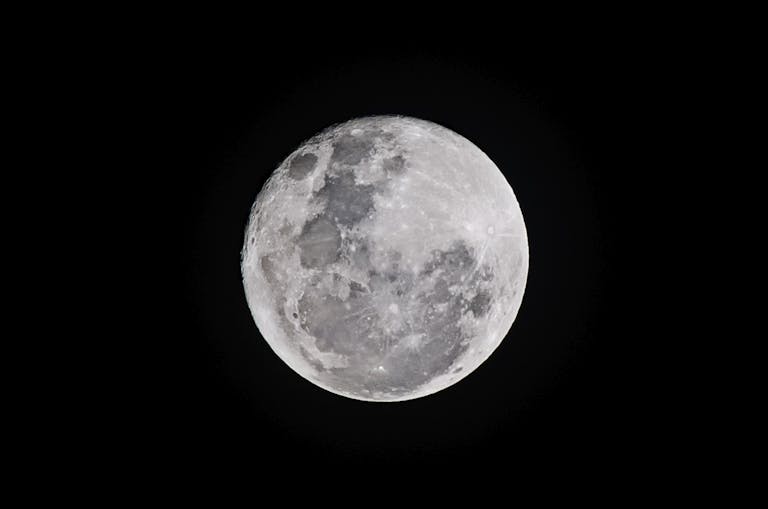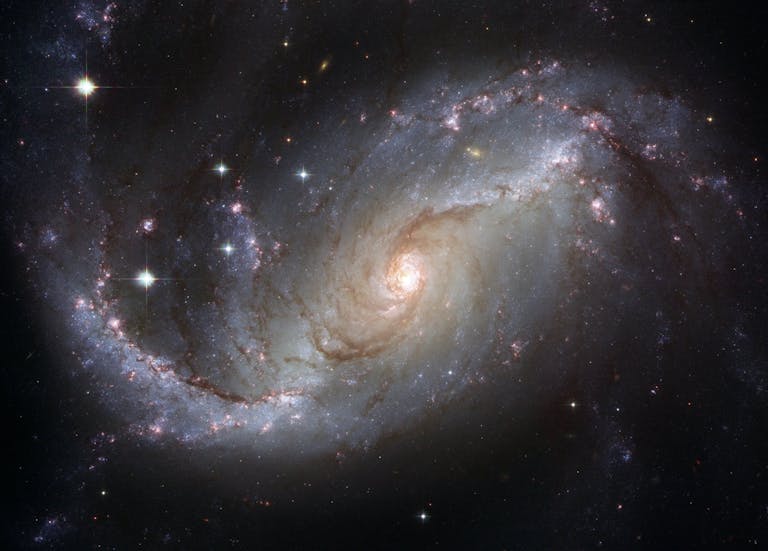New Study Suggests the Universe’s Expansion Might Be Slowing Down Instead of Speeding Up

For over two decades, scientists have believed that the universe is expanding faster and faster, driven by a mysterious force known as dark energy. This idea became the backbone of modern cosmology and even won the 2011 Nobel Prize in Physics. But a new study from astronomers at Yonsei University in South Korea has thrown a surprising twist into this long-held belief. According to their findings, the universe’s expansion may have already started to slow down, suggesting that dark energy is weakening over time rather than remaining constant.
The research, published in the Monthly Notices of the Royal Astronomical Society (November 2025), reexamines one of cosmology’s key tools: Type Ia supernovae—massive stellar explosions used as “standard candles” to measure cosmic distances. These supernovae have long been thought to shine with a consistent intrinsic brightness after standard corrections, allowing scientists to estimate how far away they are. But the Yonsei team, led by Professor Young-Wook Lee, found that this assumption might not hold true.
What the Study Found
The team discovered that the brightness of Type Ia supernovae depends heavily on the age of the stars that created them. Supernovae from younger stellar populations appear systematically fainter, while those from older populations appear brighter, even after the standard luminosity corrections astronomers typically apply. This means that the light we see from distant supernovae—often used to infer the universe’s expansion rate—may have been subtly skewed by differences in stellar age.
This “progenitor age bias,” as the researchers call it, was confirmed using data from 300 host galaxies, making it the largest and most statistically significant sample of its kind. They reported a confidence level of 99.999%, which in scientific terms is exceptionally strong evidence. After correcting for this age bias, the team re-evaluated the supernova data and found that it no longer supports the standard ΛCDM (Lambda-Cold Dark Matter) model, the current foundation of cosmology that assumes dark energy is a constant cosmological force.
Instead, the corrected data fits much better with models derived from other sources—specifically, the Dark Energy Spectroscopic Instrument (DESI) project, which studies baryonic acoustic oscillations (BAO), and the cosmic microwave background (CMB). Both of these independent datasets have hinted that dark energy may not be a constant but rather a time-evolving force that changes in strength as the universe ages.
When the Yonsei team combined their corrected supernova results with the BAO and CMB data, the conclusion became even more striking. The analysis showed overwhelming evidence that the ΛCDM model no longer fits the observations and that the universe has likely already transitioned from accelerating to decelerating expansion.
Why This Matters
If confirmed, this finding would mark a major paradigm shift in cosmology. Since the discovery of dark energy in 1998, scientists have believed that the universe’s expansion has been speeding up for about the last nine billion years. The idea was that dark energy acts as a kind of anti-gravity, pushing galaxies apart faster and faster as the universe grows older.
However, this new evidence paints a different picture. It suggests that dark energy might be evolving, weakening as time goes on. If that’s the case, the universe’s expansion could be slowing down right now. In simple terms, the “push” from dark energy might be losing its strength, and gravity could gradually regain influence.
The implications are profound. The idea of an ever-accelerating universe has shaped our expectations for the future of the cosmos—eventual “heat death,” where galaxies drift so far apart that stars burn out in isolation. But if the expansion is slowing, the long-term fate of the universe could be very different. Some models even suggest the possibility of a cosmic turnaround, where expansion halts and the universe could one day begin to contract.
How the Research Was Conducted
The study built upon earlier work that identified correlations between host galaxy properties and supernova brightness. But this time, the Yonsei team went further by applying an age-bias correction across a large dataset of Type Ia supernovae. They carefully measured the ages of the galaxies where these supernovae occurred, factoring out the influence of younger versus older stellar populations.
The corrected data was then compared against predictions from the ΛCDM model, as well as from newer cosmological models favored by DESI’s BAO and CMB analyses. Once the correction was applied, the data strongly supported the time-varying dark energy model over the traditional constant dark energy model.
The results also align with DESI’s independent observations. DESI, located in Tucson, Arizona, maps the three-dimensional distribution of galaxies and quasars to track how the universe’s structure has changed over time. Earlier this year, DESI reported signs that dark energy’s influence might have evolved, and the Yonsei study appears to strengthen that case.
The Role of Future Observations
The researchers are now planning an “evolution-free test” using only supernovae from young, coeval host galaxies—in other words, galaxies with stars of similar ages across all distances. Early results from this test already support their main conclusion.
To expand on these findings, they are looking forward to data from the Vera C. Rubin Observatory in Chile, which began operations this year. The observatory, home to the world’s most powerful digital camera, will soon discover over 20,000 new supernova host galaxies. With these massive datasets, scientists will be able to measure stellar ages far more precisely and test whether this age-bias effect truly reshapes our understanding of cosmic expansion.
What About the Hubble Tension?
One of the biggest mysteries in cosmology today is the Hubble tension—the mismatch between the universe’s expansion rate as measured from nearby galaxies (using supernovae) and as inferred from the early universe (using the CMB). This new study could offer a potential clue.
If Type Ia supernovae are not as “standard” as we thought, and their brightness evolves with the age of their host stars, that could partly explain why local measurements give a higher expansion rate than early-universe predictions. In other words, some of the discrepancy might not be due to new physics but to how we’ve been interpreting the data.
However, not everyone is convinced. Some cosmologists have pointed out that stellar age estimates can be uncertain and model-dependent. Others emphasize that the consensus from multiple independent probes—including weak gravitational lensing and large-scale structure measurements—still points to ongoing acceleration. The Yonsei team acknowledges this skepticism and stresses that their results need to be tested by other groups.
Understanding Dark Energy
Dark energy makes up roughly 70% of the universe, yet scientists still have no clear idea what it actually is. It was first proposed in 1998 when astronomers noticed that distant supernovae appeared dimmer than expected, implying the universe’s expansion was accelerating.
In the ΛCDM model, dark energy is represented by the Greek letter Λ (Lambda), standing for the cosmological constant—a fixed property of space that pushes everything apart at a steady rate. But if dark energy is actually changing over time, as the new study suggests, it could instead be a dynamic field, sometimes referred to as quintessence.
That would mean dark energy behaves more like a fluid that evolves, weakens, or even reverses its effect over billions of years. If so, the universe might not be destined for eternal expansion after all.
A Cautious but Exciting Moment
While this new study challenges one of the biggest ideas in modern cosmology, the researchers themselves emphasize caution. They call for more data and independent analyses before rewriting textbooks. Still, the possibility that the universe’s expansion has already begun to slow down is one of the most intriguing scientific developments in years.
It opens up new avenues for understanding how dark energy works, how it might evolve, and what ultimate fate awaits our universe. Whether the cosmos keeps stretching forever or begins to slow its cosmic sprint, one thing is clear—there’s still much we don’t know about the forces shaping everything we see.





